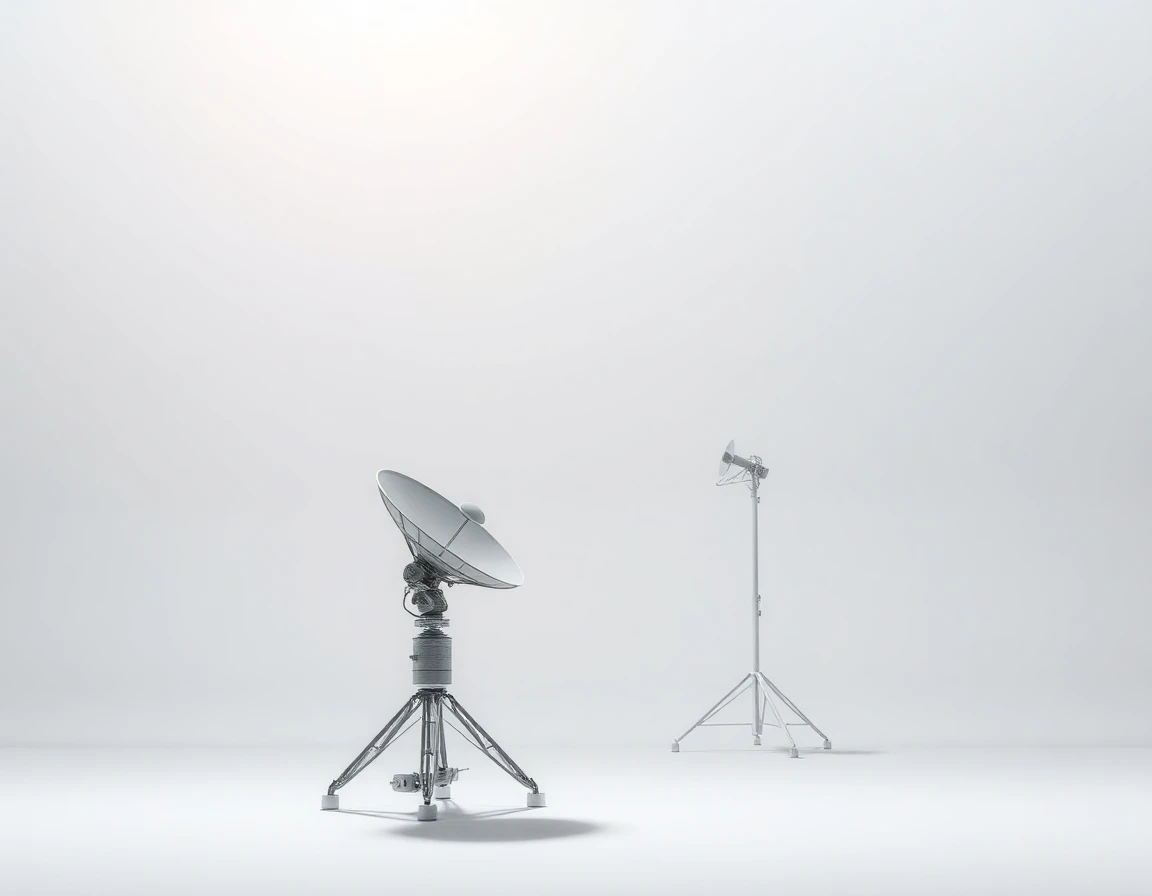In a notable development for the aerospace sector, SI Imaging Services (SIIS) has secured a lease agreement with a European customer for their state-of-the-art satellite, SpaceEye-T. This partnership is poised to bolster the capabilities of satellite imaging across various sectors, including agriculture, urban planning, and disaster management.
Overview of SpaceEye-T
The SpaceEye-T satellite, equipped with advanced imaging technology, offers high-resolution optical imagery at a resolution of up to 2.5 meters. This level of detail is essential for applications requiring precision analysis, such as land use monitoring and environmental assessments. The satellite operates in a sun-synchronous orbit, ensuring consistent lighting conditions for its imaging operations.
Technical Specifications
- Resolution: 2.5 meters
- Orbit: Sun-synchronous orbit
- Imaging Frequency: 4 times a day
- Payload: Multi-spectral cameras
The integration of precision accelerometers in the satellite’s stabilization system enhances its imaging capabilities by minimizing motion blur, a crucial factor in acquiring sharp images.
Industry Context: The Demand for Satellite Imaging
As global demand for high-resolution satellite data increases, the leasing of the SpaceEye-T satellite marks a strategic move for SIIS. The European market has shown a growing interest in satellite imaging solutions, driven by needs in agricultural monitoring, urban development, and climate change research. According to industry analysts, the global satellite imaging market is expected to reach $7.5 billion by 2025, reflecting a compounded annual growth rate (CAGR) of over 12%.
Expert Insights
Dr. Emily Carter, a leading expert in satellite technology, commented on the significance of this agreement: “The lease of SpaceEye-T signifies a vital step towards more accessible and high-quality satellite data for European stakeholders. The enhanced imaging capabilities will not only support local governments in planning and development but also aid in environmental monitoring and disaster response initiatives.”
Technological Advancements and Future Prospects
The SpaceEye-T satellite is not just a product of advanced engineering; it represents a shift towards more responsive and flexible satellite services. The use of modern inertial navigation systems ensures that the satellite maintains optimal positioning, which is critical for accurate data collection. With its multi-spectral cameras, SpaceEye-T can capture images across various wavelengths, making it invaluable for diverse applications, from agriculture to biodiversity conservation.
Potential Impacts
The impact of leasing the SpaceEye-T satellite extends beyond immediate imaging capabilities. It opens avenues for collaborations between governmental agencies and private enterprises, fostering innovation in data analytics and remote sensing technologies. As noted by Tom Jenkins, a satellite communications analyst, “This lease is a strategic advantage for Europe; it enhances their technological independence and promotes sustainable practices through better-informed decision-making.”
Conclusion
The successful lease of SI Imaging Services’ SpaceEye-T satellite marks a significant milestone in the satellite imaging landscape. With its advanced capabilities and the growing demand for high-quality satellite data, the future looks promising for both SIIS and its European partners. As satellite technology continues to evolve, the industry can expect more innovations that will further enhance the ability to monitor and manage our planet effectively.
In a world where data-driven decisions are paramount, the role of satellites like SpaceEye-T will be crucial in shaping sustainable development and responding to global challenges.
Related Products and Technologies
- High-precision gyroscopic instruments for improved stabilization.
- Advanced thermal management systems to ensure optimal operation conditions in space.
With the SpaceEye-T lease paving the way for future advancements, the aerospace sector stands on the brink of a transformative era in satellite imaging.



